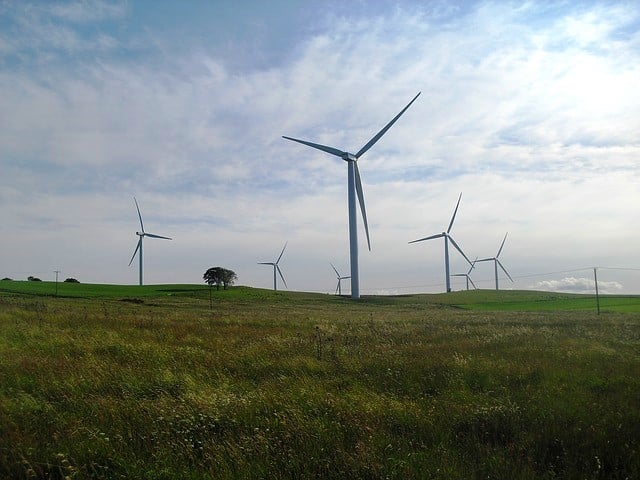The Clean Energy Finance Corporation (CEFC) has announced in a media release its financial commitment towards renewable energy with a large-scale battery storage system in South Australia.
The 10MW scalable battery system will sit alongside the Lincoln Gap wind farm in the Port Augusta region.
The CEFC’s overall commitment is $150 million in debt finance towards stage one of the project. This includes the battery storage component of the wind farm.
Head of CEFC’s wind sector Andrew Gardner said the debt financing of the battery system is the first of its kind in Australia. He added that it should create a ‘financing model’ for future projects that involve the integration of renewable energy into the grid.
The CEFC previously invested in the Kennedy Energy Park’s wind, solar power and battery project in North Queensland.
Mr Gardner said investing in energy storage batteries was an important factor in building strong and secure electricity systems in Australia. At the same time, it should help ensure we can still meet our commitments towards emissions reductions.

About the Lincoln Gap wind farm
The wind farm project, which is being developed by Nexif Energy Australia, will be located 15km west of Port Augusta. Construction is planned to begin at the end of November 2017 and completion is expected by late 2018.
The farm will provide employment for up to 130 people in the region. On completion, it should power 155,000 homes and offset more than 600,000 tonnes of CO2 each year.
The grid-connected battery system should improve both the flexibility and reliability of the system. Being a scalable storage system, the battery will also be upgraded to 30MW in the future.
Benefits of renewables and large-scale battery storage
According to Australia’s Renewable Energy Agency (ARENA), battery storage systems provide fast-acting power response and greater reliability. The cost of battery systems is also falling due to technological innovation and increased production.
ARENA says a ‘business case’ is definitely being made for the use of commercial energy storage systems in Australia.
Rapid developments mean we should expect to see the cost of batteries fall significantly, just as we have for solar panels and wind systems.











































